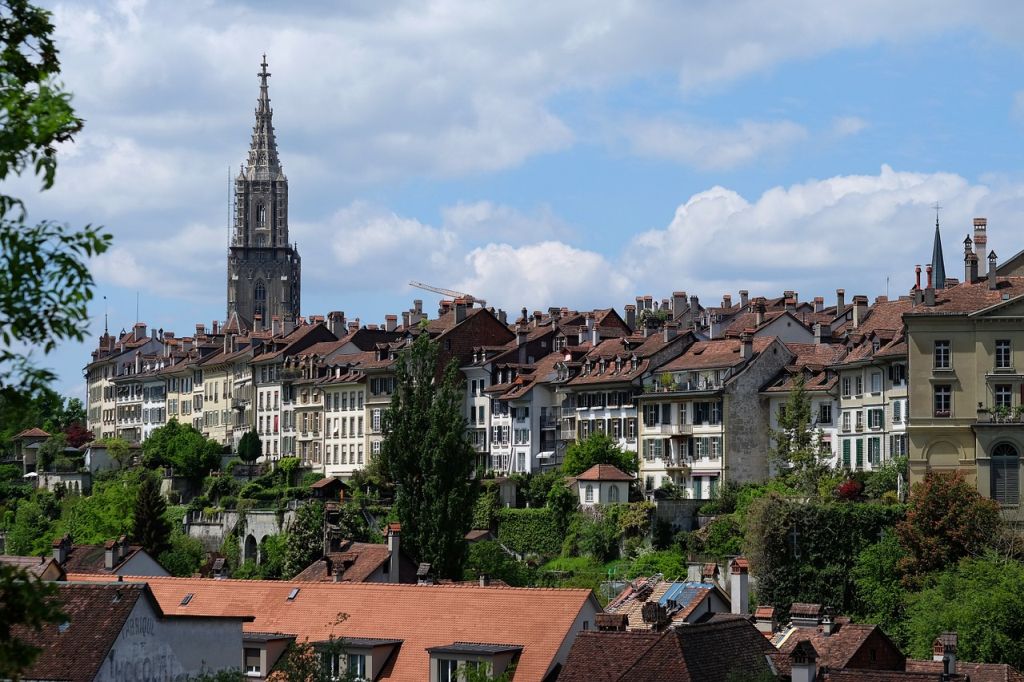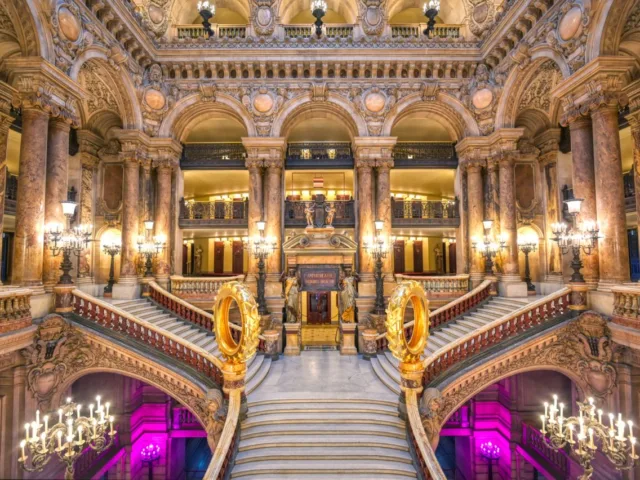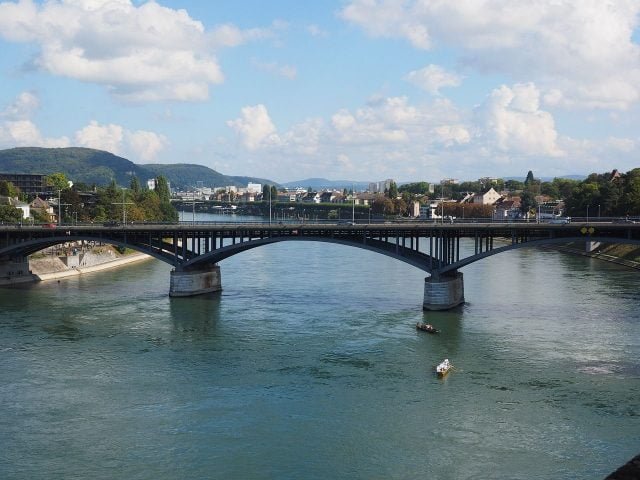Berner Münster
Most important landmark in Bern
Address
Berner Münster
GPS
46.9472379, 7.4515786527975
Berner Münster St. Vinzenz is the largest and most significant late medieval church in Switzerland, making it the most remarkable example of late Gothic architecture in the city. The highest Swiss church tower offers a breathtaking panorama over the city, the surrounding countryside, and the snowy peaks of the Bernese Oberland.
As the tallest religious structure in Switzerland, the three-aisled basilica (there is no transept) dominates the skyline of Bern’s historic district. Work on this masterpiece began in 1421, and it took generations of craftsmen to complete. Construction on the tower didn’t wrap up until 1893.
The sole image to survive the iconoclasm of the Protestant Reformation is the Last Judgment, which may be seen in the main portal. The cathedral tower, which is 100 meters in height, can be accessed by climbing 344 steps from the main entrance.
 Over a hundred meters in height, the Gothic sandstone cathedral tower dominates Bern’s recognizable skyline, rising majestically above the lower old town’s roofscape. The medieval masterpiece is a symbol of architectural excellence, cultural variety, and a living testament to Bern’s dramatic past.
Over a hundred meters in height, the Gothic sandstone cathedral tower dominates Bern’s recognizable skyline, rising majestically above the lower old town’s roofscape. The medieval masterpiece is a symbol of architectural excellence, cultural variety, and a living testament to Bern’s dramatic past.
Politics and religion were intertwined in the Middle Ages; major life events were often marked by religious observances. For instance, the town’s eligible voters had their political meetings in the local church.
Bern, the greatest city-state north of the Alps, expanded its influence and developed into a major political power in the 15th century. There was a rising clamor for a proper place of worship. Therefore, it should come as no surprise that the city of Bern commissioned the building of the Bern Minster. In 1421, the first stone was put for the church.
Even before the «Leutkirche» was built there, the area had religious significance, since a little chapel had stood there for nearly 200 years. The Bern Minster is the third place of worship to stand on the same site. The original structure of the church was preserved, and the minster was constructed counterclockwise around it.
 The Berner Münster houses numerous works of art, including sculptures, frescoes, and stained glass, as well as a carefully designed choir vault with figurative keystones, an extraordinarily valuable stock of bells (including the largest bell in Switzerland), and the extraordinary work of the stonemasons.
The Berner Münster houses numerous works of art, including sculptures, frescoes, and stained glass, as well as a carefully designed choir vault with figurative keystones, an extraordinarily valuable stock of bells (including the largest bell in Switzerland), and the extraordinary work of the stonemasons.
Sculptures of the eight master builders who worked on the tower’s construction stare at you as you ascend the tower in the first gallery, a fascinating fact that many visitors miss. Visitors who look more closely see a plate affixed to the parapet of the gallery, which bears the cryptic message “machs na” (do it yourself). It’s not clear if the message is meant for other builders or if it’s meant to be addressed directly to the people of Bern. However, the Bern coat of arms can be seen among the intricate carvings in the choir vault by those with a keen eye.
The Berner Münster principal portal is a local landmark and tourist attraction in its own right. The 294 figurines that make up the depiction of the Last Judgment on the sandstone architectural work built by Westphalian sculptor and master builder Erhart Küng. To the faithful, the final judgment of the living and the dead was brought home through sculptures of prophets, angels blowing trumpets, Christ as judge of the earth, Justitia (added after the Reformation), martyrs, and images of the damned.
The Reformation, which led to the division of Christians into Catholics and Protestants, was spearheaded by Huldrych Zwingli’s followers. After 20 days of deliberation, on February 7, 1528, 450 delegates finally settled on a plan to restructure Bern. As a result of this shift in religious affiliation, several institutional reforms were implemented, including the elimination of the Catholic mass, the conversion of churches into warehouses, and the dissolution of monasteries.
The administration of Berne ordered the removal of all religious artifacts from the city’s churches. Zwingli called the two Swallow’s Nest organs in the Bern Minster “the devil’s bagpipes” because their music diverted attention away from the preaching, therefore they had to be taken out as part of the Reformation’s cleanup. The bricked-up holes provide a clear visual of where it used to be.
Seven organs, including the massive 1729 Münster great organ, can once again be heard in the church’s choir room, Gerbern chapel, two “research organs,” and two “mobile positive organs.”





